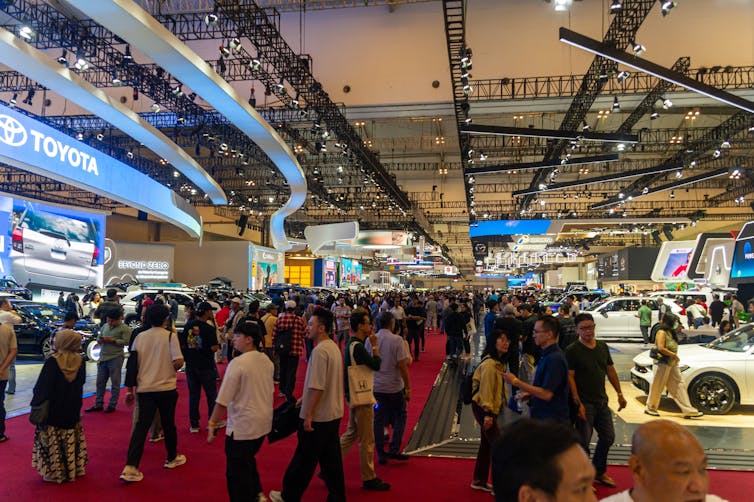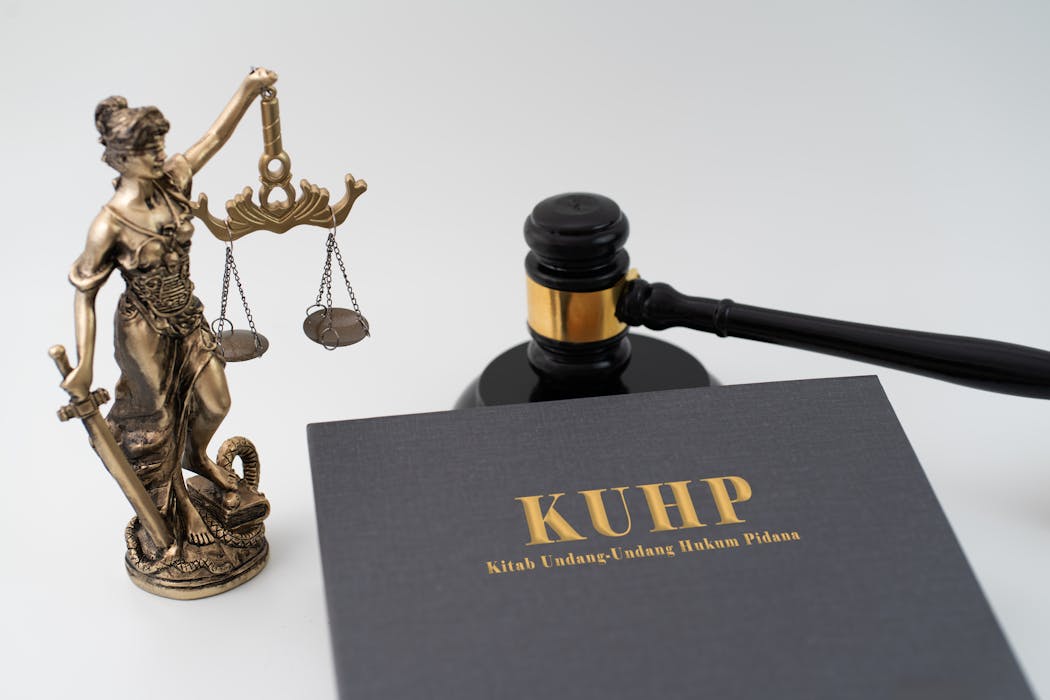Chinese investment in Australia remains strong despite global outflow slowdown
- Written by Media Release

Chinese investment in Australia dropped to USD 10.3 billion (AUD 13.3 billion) in 2017 – down 11% (in USD terms) from 2016 - despite renewed investment in mining, continued investment in commercial real estate[i] and a surge in healthcare investment. Changing regulatory, political and economic landscapes impacted on new investment flows from China to the world during the year, with global Chinese overseas direct investment falling by 29%.
The volume of Australian deals (102) was on par with the previous year, but average deal sizes fell, with 76% below AUD 100 million. While investment by private Chinese companies grew, the total volume of State Owned Enterprise (SOE) investment dropped for the first time since 2014. NSW continued to attract the most investment (42%), followed by Victoria (36%) and WA (14 %).
These are among the key findings of the latest Demystifying Chinese Investment in Australia (June 2018) report by KPMG and The University of Sydney Business School, analysing Chinese outbound direct investment into Australia in calendar year 2017[ii]. JLL contributed data and analysis on commercial real estate development transactions. The report also incorporates the bi-annual Chinese Investors in Australia Survey – providing insights into the perceptions of the Australian investment climate by Chinese investors.
“2017 was an important and testing year in many ways for Chinese direct investment in Australia. Chinese government regulations which were implemented to address concerns about speculative, irrational global investments and massive capital outflows have impacted the Australia result, as have recent changes to Australia’s foreign investment regulations for strategic infrastructure assets. The numbers don’t lie: Chinese ODI in Australia has fallen,” said report co-author, Doug Ferguson, Head of Asia & International Markets for KPMG Australia.
“Australia remains globally competitive for attracting Chinese investment, retaining its position as the second largest recipient of accumulated Chinese investment - only behind the United States - with just under USD 100 billion since 2008. However the gap is growing. Chinese executives tell us that Australia remains a relatively safer and more attractive country to invest than many others but only 35% of survey respondents feel welcome to invest here, which is down from 52% in 2014.”
“The fall from 2016 levels in Australia hasn’t been anywhere near as severe as experienced in the US (where the rate of growth of new Chinese ODI is down 35%) and EU (down 17%). However, we believe there is a likely to be a continuation of the current downward trend in 2018,” commented Mr Ferguson.
Chinese investors continue to be drawn to projects in Australia that relate to growing Chinese consumer demand and Chinese government priority initiatives - health and wellbeing, tourism and lifestyle, real estate, technology, services and a continuing demand for mining commodity resources, all areas where Australia is internationally competitive and has potential to grow.
REPORT SUMMARY
Investment by Industry
Mining was the most significant sector for Chinese investment in 2017 with 35% of total ODI, followed by real estate (33%), healthcare (12%), food & agribusiness (8%) and infrastructure (4%).
The mining sector saw twelve deals announced in 2017 totalling AUD 4.6 billion, a rise of 448% from 2016. This large increase was mostly driven by the AUD 3.4 billion acquisition of Rio Tinto’s thermal coal assets by Yancoal. There was however a continuing investment focus on lithium, gold and non-ferrous metals.
Commercial real estate remained a leading sector for Chinese investment in 2017, accounting for AUD 4.4 billion of investment, with Australia attracting 11.5% of China’s total global overseas real estate investment. Residential development project transactions accounted for around 44% of the total value, followed by office (30%) and mixed-use (9%).
Head of JLL’s China Desk in Australia, Michael Zhang, commented: “Australian real estate remain a key destination for Chinese capital. The macroeconomic framework is supportive, while the market is attractive from a global perspective - economic fundamentals are robust, population growth is solid, market transparency is high, and returns are broadly higher relative to comparable markets globally.”
“There has been a notable shift in the scale and type of investment into Australian real estate. Investors and developers are becoming more selective in acquisitions, with mandates increasingly geared towards higher quality investment assets and well located sites with less planning risk. There has also been a partial shift away from trophy assets and large scale acquisitions, with investment activity concentrated in the AUD 5 million to AUD 49 million price bracket. Around 63% of the total number of transactions occurred in this lower price bracket.”
“This is somewhat attributable to the restrictions placed on capital outflow from China. While investors are not necessarily impeded in acquiring Australian real estate, restrictions have altered investment outcomes and changed the relative attractiveness of different property types. The more robust asset selection criteria and the shift towards quality product and sites at the smaller end of the market is a reflection of these capital control measures,” said Mr Zhang.
There was a surge in healthcare investment by Chinese companies in Australia in the past few years. AUD 1.6 billion was invested in 2017 compared AUD 1.4 billion in 2016.The food and agribusiness sector recorded eight deals in 2017 with a total value of AUD 1.1 billion. This represents an 8% decline from 2016.
Infrastructure investment fell to AUD 485 million, just 4% of total investment in 2017. Renewable energy Investment of AUD 124 million was recorded in 2017, representing a 64% annual decline and mostly driven by one large transaction - Goldwind’s acquisition of Origin’s Stockyard Hill wind farm for AUD 110 million.
Investment by Geography
Chinese capital was again focused in NSW in 2017 with AUD 5.6 billion or 42% of total investment value. Victoria experienced an uplift from 25% of total investment in 2016 to 36% in 2017. Western Australia received AUD 1.9 billion in Chinese investment or 14% of total inflows, up from AUD 1.1 billion in 2016. Queensland attracted AUD 667 million of investment, 57% of which was healthcare related. While South Australia attracted AUD 455 million or 3% of investment, into infrastructure, energy and food & agribusiness deals
Investment by Deal Size
The trend toward smaller deals continued in 2017 with the average deal value down to AUD 130 million down from AUD 149 million in 2016, while the number of deals has remained constant at just over 100 deals. 76% of deals fell below the AUD 100 million mark. This reflects more deals being done in the mid-sized Australian market in food and agriculture, health, technology, services and manufacturing sectors.
Investment by Ownership
Private investors accounted for 83% of the Chinese deal volume and 60% of deal value in 2017, up from 78% in number and 49% in volume in 2016. Chinese SOE investment dropped in both the number and value of investments for the first time since 2014.
Chinese Investors in Australia Survey
The Chinese Investors in Australia Survey involved surveys and interviews with senior executives from 45 Chinese-invested companies located in Australia on their perceptions of the Australian investment climate and key challenges they face in Australia. The research was undertaken in April 2018.
“The last three years have been a good period financially for Chinese investors in Australia - with 65% of respondents reporting revenue growth, and 45% profitability growth. 2017 was a year of consolidation, marked by a reassessment of the role of Chinese investment in our country, as well as changes to ODI regulations in China,“ said report co-author Professor Hans Hendrischke, Professor of Chinese Business & Management at the University of Sydney Business School.
“Our local survey has revealed sentiment has currently shifted, with a higher level of apprehension by Chinese investors towards investing in Australia. Seventy percent of respondents stated that the political debate had made Chinese companies more cautious about investing in Australia. And 67% see the Federal Government as less supportive than previously. The Australian media was cited as the group least supportive of their investment; with Australian business leaders the most supportive.”
“Our survey and interviews with Chinese investors indicate a level of concern, however, there is a growing familiarity and confidence in the Australian market. While most Chinese investors retained a level of optimism about their Australian investments some investors, especially SOEs, are apprehensive due to diplomatic tensions and the sense of feeling unwelcome. Only 35% of surveyed companies felt welcome to invest in Australia – a notable decline from 52% in 2014,” added Professor Hendrischke.
Outlook
Australia’s relationship with China, while experiencing a period of heightened tension, is mature and deeply established in trade and investment and increasingly in society and culture through education, tourism and migration.
“Chinese investors are increasingly conscious of the need to acquire assets, knowledge and technology and then leverage their links to the Chinese market for profitable growth, rather than base their investment on the expected growth of the domestic Australian economy alone. They are investing with a long-term focus – and this is positive for Australia,” said Mr Ferguson.
“It is important that the Australian Government and business community collaborate to encourage further investment in the right areas. Australia stands to make sustained economic, social and diplomatic gains by nurturing long-term partnerships between Australian companies and Chinese investors.”
“In addition to the top end of town, we believe that medium sized Australian companies with high quality food and health products, leading technology, services and advanced manufacturing capabilities have an incredible opportunity to grow through trade and investment. Australian SMEs have expressed and demonstrated the appetite and ambition to make this work, but need support from government,” he concluded.
The full report is available at www.kpmg.com.au.
About KPMG International
KPMG is a global network of professional services firms providing Audit, Tax, and Advisory services. We operate in 152 countries and have 189,000 people working in member firms around the world. The independent member firms of the KPMG network are affiliated with KPMG International Cooperative ("KPMG International"), a Swiss entity. Each KPMG firm is a legally distinct and separate entity and describes itself as such.
To cease receiving all email communications from KPMG in the future, please unsubscribe by sending an email to unsubscribe@kpmg.com.au
© 2017 KPMG, an Australian partnership and a member firm of the KPMG network of independent member firms affiliated with KPMG International Cooperative (“KPMG International”), a Swiss entity. All rights reserved.
The KPMG name and logo are registered trademarks or trademarks of KPMG International.
Liability limited by a scheme approved under Professional Standards Legislation.
[i] Note ‘real estate’ referred to in this report does NOT include residential apartment and homes sales.
[ii] REPORT METHODOLOGY
The dataset is compiled jointly by KPMG and The University of Sydney Business School and covers investments into Australia made by entities from the People’s Republic of China through M&A, joint venture and greenfield projects. The dataset tracks Chinese investment by subsidiaries or special purpose vehicles in Hong Kong, Singapore and other locations. The data, however, does not include portfolio investments such as the purchase of stocks and bonds which do not result in foreign management, ownership or legal control.
The database includes direct investments recognised in the year in which parties enter into legally binding contracts and if necessary, receive mandatory FIRB and Chinese Government investment approvals. In certain instances, final completion and financial settlement may occur in a later year. For consistency, the geographic distribution is based on the location of the Australian invested company and not on the physical location of the actual investment project. Completed deals which are valued below US$5 million are not included in our analysis, as such deals consistently lack detailed, reliable information.
Unless otherwise stated, the data referred to throughout this report is sourced from the KPMG/University of Sydney database, and previously published reports. KPMG and The University of Sydney team obtains raw data on China’s ODI from a wide variety of public information sources which are verified, analysed and presented in a consistent and summarised fashion. Sources include commercial databases, corporate information, and official data from Australian and Chinese sources including Australian Bureau of Statistics, Foreign Investment Review Board and Ministry of Commerce P.R.China.
The data is regularly updated and continually revised when new information becomes available. In line with international practice, KPMG/University of Sydney traditionally record deals using USD as the base currency.





